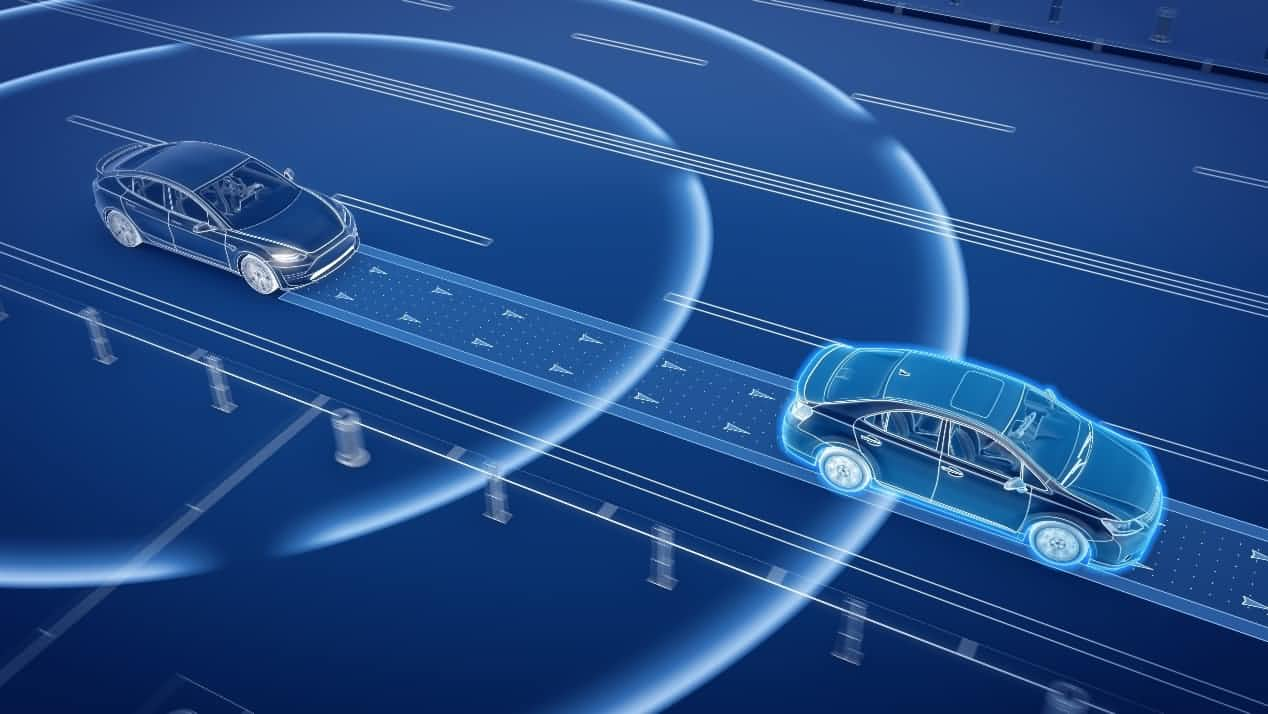Enhancing Electric Drive Reliability: Failure Type Analysis and Strategy

Electric Drive Failure Types and Risk Analysis
The failure types of the electric drive system are diverse, including but not limited to short circuits, open circuits, demagnetization, bearing damage, etc. These faults may cause the vehicle to have difficulty starting, sudden power loss while driving, insufficient power, abnormal noise, and other symptoms, and in severe cases, even threaten the safety of drivers and passengers.
The root cause of the electric drive system failure lies in the fact that the motor drive requires a certain voltage and current to work normally. Insufficient voltage or unstable current can lead to the failure of the drive system. In addition, faults such as motor body faults, power module faults, sensor faults, etc., may cause the electric drive system to fail.
Strategies for Enhancing Electric Drive Reliability from the Testing Perspective
1. Improve Verification Models
The reliability verification of the electric drive system requires a more comprehensive model that covers a variety of working conditions, multi-physical fields, and extreme conditions. This requires the electric drive system to consider various possible working conditions and environmental factors during the design phase to ensure stable operation under various conditions.
2. Apply DFMEA
Design Failure Mode and Effects Analysis (DFMEA) is a systematic method used to identify and evaluate potential failure modes, causes, and effects in product design during the design phase. Through DFMEA, problems can be discovered and resolved in the design phase, reducing the risk of faults in later production and use.
3. Accelerated Life Testing
Accelerated life testing can simulate long-term use conditions in a short period of time, quickly exposing potential problems in the system. This method can discover problems in the early stages of product development, allowing for timely improvements.
4. Rapid Construction Method for Load
Based on historical operating data of users, combined with vehicle dynamics simulation and parameter optimization, quickly construct the target load for the reliability of the electric drive system. This method can improve the accuracy of electric drive system load simulation, providing more accurate input for testing.

5. Research and Application of Reliability Testing
Using a constant speed and variable torque working mode to assess the reliability of new energy drive motors. At the same time, considering the differences in motor test times for different vehicle models, ensure that the motor can work stably and reliably under various conditions.
6. New Type of Electric Drive System Testing
The National Engineering Research Center for Electric Vehicles at Beijing Institute of Technology has built a new type of electric drive system test, using power electronics to make a coupling loop, focusing on the test of the motor control system. This can build a very good, full-performance test environment, and more comprehensively evaluate the reliability of the electric drive system.
7. Importance of Drive Protection Circuits
Good drive circuits and protection circuits can improve system reliability, reduce switching losses, and reduce EMI or EMC. High-quality drive protection circuits can reduce the stress on switching devices during the on/off process, improving the system's operating efficiency and safety.
Conclusion
The reliability of the electric drive system is key to the development of the new energy automotive industry. Through multi-dimensional strategies from the testing end, including DFMEA, accelerated life testing, rapid construction methods for load, new types of electric drive system testing, and the application of drive protection circuits, the reliability of the electric drive system can be effectively improved to meet market and user requirements for high performance and high safety. With the continuous advancement of technology and the continuous innovation of testing methods, the reliability of the electric drive system will be further improved, providing strong support for the sustainable development of the new energy automotive industry. At the same time, we must not ignore the importance of protection circuits, which can reduce damage to the electric drive system from unexpected working conditions and ensure the safety of drivers and passengers.
Recommended Models
● The BQ76PL455ATPFCRQ1 is a high-precision, multi-channel battery management chip from TI. It has a variety of protection functions, including overvoltage protection, undervoltage protection, overcurrent protection, etc., and supports temperature monitoring and protection, which can be achieved by external NTC resistors. It is mainly designed for high-reliability automotive applications, and its use is mainly reflected in battery management systems in electric vehicles, energy storage systems, UPS and other fields.
● The TLE6220GP is a four-channel low side switch automotive class constant current control chip from Infineon specifically designed to build the drive circuit for on-off valves in electro-hydraulic control systems. Such as feed valve, relay, solenoid and single-pole stepper motor. This multi-channel design enables it to meet multiple application requirements.
● The TPS5450DDAR is a high output current PWM converter with integrated low resistance high side N-channel MOSFETs. A substrate with the listed features also includes a high-performance voltage error amplifier, an undervoltage lock circuit, and an internally set slow start circuit. Mainly used in the field of communication, automotive electronics, TV, display and audio equipment.
Website: www.conevoelec.com
Email: info@conevoelec.com








